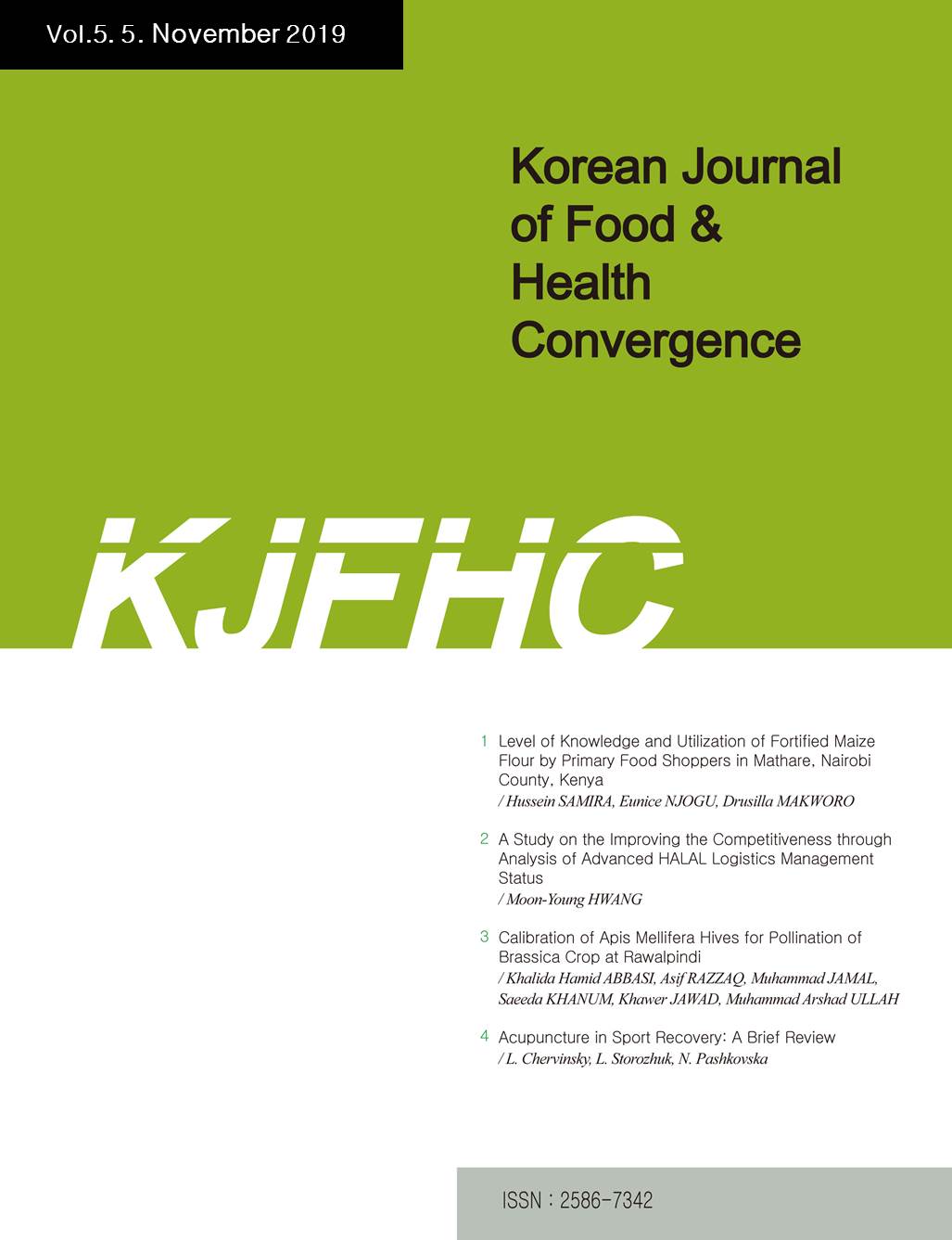 E-ISSN : 2586-7342
E-ISSN : 2586-7342
Aslam, Muhammad
Babar, Raheel
Abstract
Desalination requires large energy. This experiment deals to desalinate brackish water through solar panels. The discharge from desalination plants is almost entirely water, and .01 percent is salt. Desalination is a process that extracts minerals from saline water. Solar-powered desalination technologies can be used to treat non-traditional water sources to increase water supplies in rural, arid areas. Water scarceness is a rising dilemma for large regions of the world. Access to safe, fresh and pure clean drinking water is one of the most important and prime troubles in different parts of the world. Among many of water cleansing technologies solar desalination/distillation/purification is one of the most sustainable and striking method engaged to congregate the supply of clean and pure drinkable water in remote areas at a very sound cost. Six types of dripper having discharge 3 - 8 lh-1 were installed one by one and measured discharge and volume of clean water indicated that at 6 lh-1 untreated water discharge have maximum evaporation and volume of clean water was 19.2 lh-1 at same temperature and radiations. Now strategy was developed that when increased the temperature the intake discharge of untreated water must be increased and salt drained water two times more than treated water.
- keywords
- Solar Desalination Panels, Reverse Osmosis, Brackish water and Desalinized Water
- Downloaded
- Viewed
- 0KCI Citations
- 0WOS Citations
